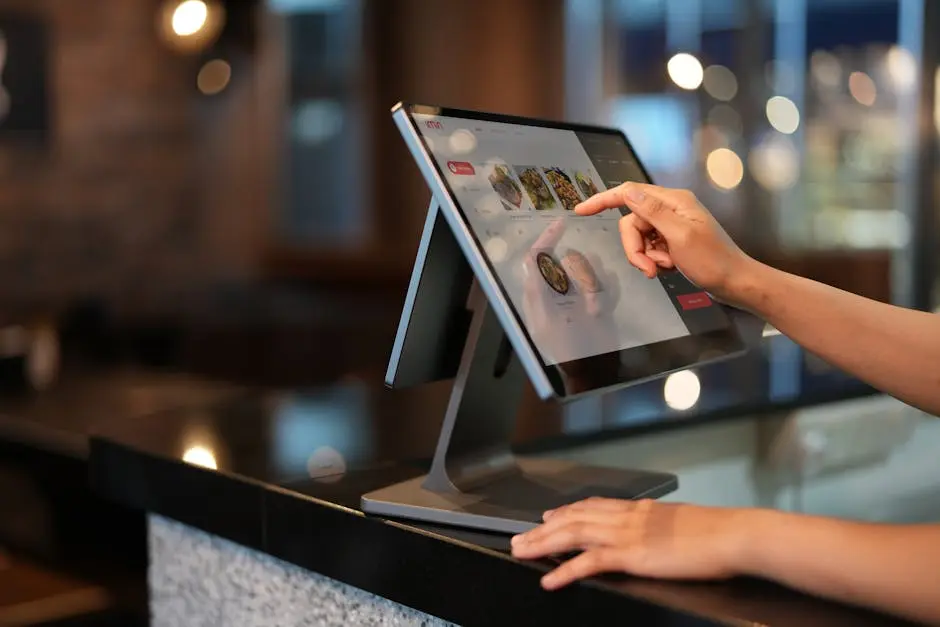
Financing restaurant equipment can be a crucial decision for restaurant owners in California. With numerous options and factors to consider, securing the right financing can make a significant impact on your business’s success. This FAQ will guide you through the essential tips to navigate this process efficiently.
Understand Your Budget and Needs
Before seeking financing, it’s vital to analyze your restaurant’s budget and identify your kitchen equipment needs. This ensures that you borrow only what you need and can afford. Assess both current and future requirements to avoid overextending your finances.
Consider not just the immediate equipment needs but also your financial state. Understanding this ensures efficient allocation of funds and prevents unnecessary debt burdens.
Research Lenders and Financing Options
Investigate different lenders and their offerings. Consider banks, credit unions, and online lenders to find a fitting match for your financial situation. In California, take advantage of resources such as Liberty Capital Group, where tailored options are provided for the restaurant industry. Online platforms also offer quick processing; however, be sure to check for any hidden fees or terms.
Understanding both traditional and alternative financing options allows you to make informed decisions. Diverse options, from restaurant equipment financing banks to digital lenders, offer varied benefits.
Explore Liberty Capital’s unique offerings like Restaurant Equipment Financing in California, which can provide in sights into their process and offerings applicable in California.
Evaluate Lease vs. Purchase Options
Determine whether leasing or purchasing equipment suits your business model better, taking into account factors like cost, flexibility, and long-term investment. Leasing can offer tax advantages and lower initial costs, while purchasing provides complete ownership and potential asset appreciation.
Consider the pros and cons: leasing may preserve cash flow with lower payments, and buying might offer greater value over time. Review your financial goals and objectives before deciding.
Assess Interest Rates and Loan Terms
Understanding interest rates and loan terms is critical. Compare offers to find the most cost-effective option in the long run. Interest rates can vary significantly between lenders and can impact your total repayment amount.
Ensure you read the fine print on loan agreements, as seemingly minor terms can have a considerable impact on overall costs. Analyze the amortization schedule to better grasp the cash flow requirements.
Prepare Necessary Documentation
Gather all required documentation like business plans, credit history, and financial statements to streamline the approval process. Having these ready ahead of time avoids delays and enhances your credibility with lenders.
Organizing and ensuring the accuracy of your documents will not only expedite approvals but also strengthen your positioning when negotiating terms. Include references from your successful projects or partnerships that might add weight to your application.
Explore Government Assistance Programs
Check for state and federal assistance programs, as they might offer favorable conditions for financing restaurant equipment in California. Programs like SBA loans provide reduced interest rates and extended repayment terms.
Staying informed about governmental offerings can unlock grants, reduced-interest loans, and other financial assistance tools, tailoring opportunities to your specific business size and scope.
Review Tax Implications
Familiarize yourself with the tax implications of equipment financing, including potential deductions and credits that can benefit cash flow. IRS Section 179 allows businesses to deduct full purchase prices of qualified equipment up to specific limits.
Discuss potential tax strategies with a certified accountant. Opportunities such as accelerated depreciation could significantly impact your short and long-term tax liabilities.
Consult with Financial Advisors
Consulting with a financial advisor can provide valuable insights and advice tailored to your specific business circumstances. They can help analyze loan terms and align them with strategic financial planning.
An experienced advisor ensures that you’re aware of all available options and alternatives, potentially uncovering financial paths otherwise overlooked. Utilize their network for further opportunities.
Plan for Future Upgrades
Consider future equipment upgrades when planning your financing to ensure long-term sustainability and growth. Anticipating these needs allows you to incorporate flexibility into financial strategies.
Keeping an eye on upcoming industry technologies helps navigate obsolete equipment concerns and allocate resources to ensure continued productivity.
Maintain Good Credit Standing
Keeping a good credit score is essential for favorable financing terms. Regularly review and improve your credit profile to maintain eligibility for the best financing deals. Pay debts on time, review credit reports regularly, and manage your credit utilization ratio.
Consistently monitor credit reports for accuracy and respond promptly to disputes. Establish ongoing habits to enhance creditworthiness like diversifying credit types or increasing credit limits without raising expenditures.
Final Thoughts on Restaurant Equipment Financing
Navigating restaurant equipment financing in California involves careful consideration of various factors and taking strategic steps to ensure the best outcome for your business. By understanding your budget, researching lenders, and leveraging tax benefits, you can secure favorable financing that supports your restaurant’s growth. Visit our homepage to explore the customized financing solutions we offer.
